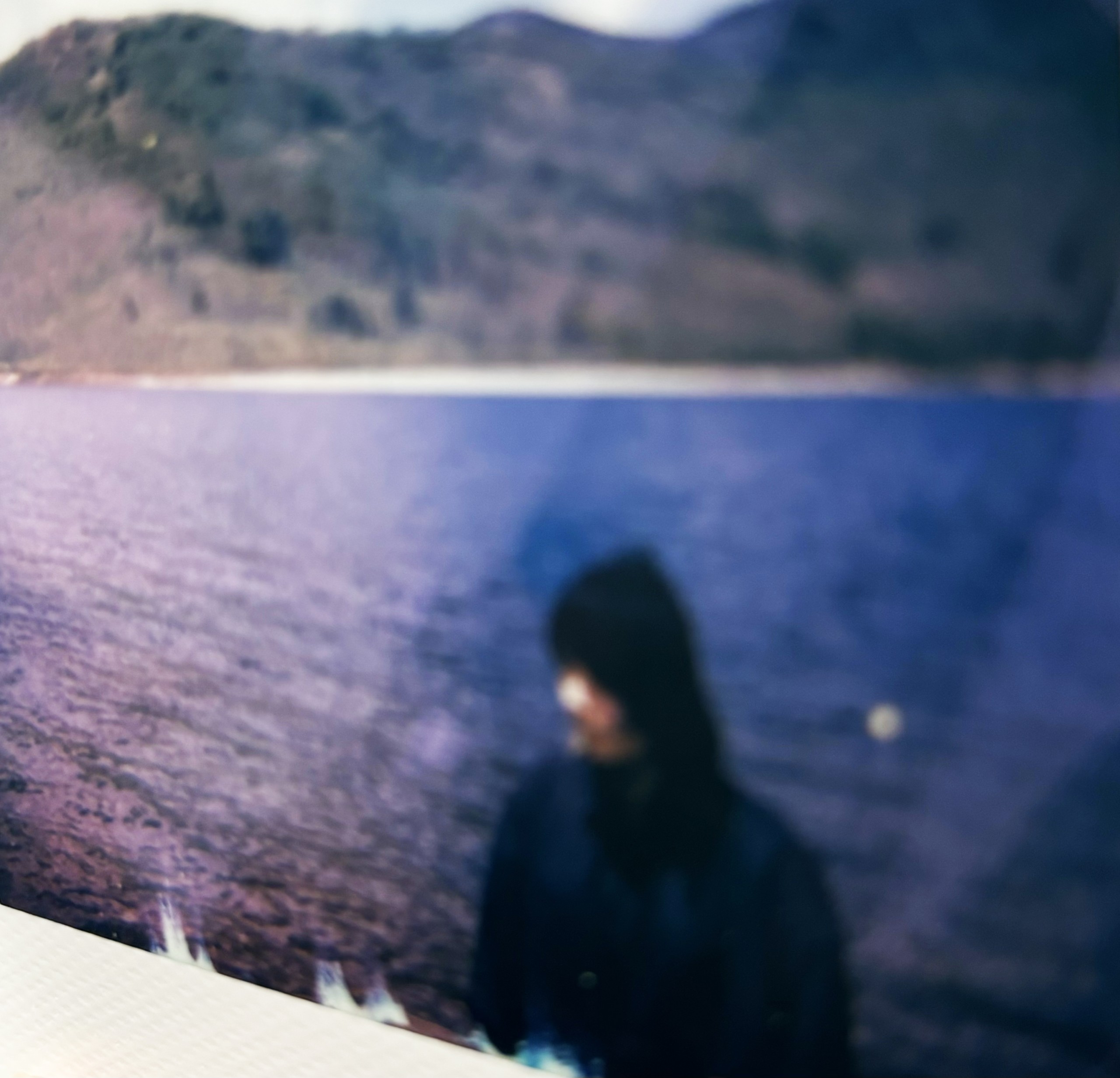BUG, operated by Recruit Holdings, is pleased to present Shiho Yoshida’s solo exhibition, The Vestiges of the Unseen, starting October 30th, 2024.
Yoshida has created unique visual landscapes through both photographic works that traverse the analog and digital, and installations that encompass entire spaces. The photographer’s numerous accolades include the 11th 1_WALL Grand Prize (2014), selection for the 11th shiseido art egg award (2017), being a finalist for the Prix Pictet Japan Award (2017), and receiving the 46th Kimura Ihei Award (2020–2021).
In this exhibition, Yoshida presents new works that employ a vastly different approach from her previous methods. The artist, who previously performed the process of developing, printing, and layering images by hand, now employs the offset printing press to replicate images in large quantities, which she uses to create a spatial composition.
In photography and printing, it is often the machine that finally makes images visible to us. At times, machines produce results that stray from what is originally intended by humans, revealing aspects that are not perceptible to the naked eye. Through her exploration of invisible entities and by flooding the space with images, Yoshida aims to bring these intangible elements to light.
Working with machines and embracing their potential for unexpected errors, how might images become distorted and what new forms might emerge? In a time when we are continually surrounded by images, this exhibition seeks to rethink the concepts of visibility and invisibility, exploring the boundaries between the two.
About the exhibition
1. The meaning behind the exhibition title
Shiho Yoshida has often experienced a sensation of things being “seemingly absent, but present; seemingly present, but absent” while working with photography. The word “yūrei” (ghosts) in the Japanese exhibition title, Insatsu to Yūrei (Prints and Ghosts[1] ), represents this feeling. Cameras are said to capture otherwise invisible personalities and presences, leading to the emergence of spirit photography and superstitions like the belief that taking a picture can steal a person’s soul. Photography can also manifest things that aren’t there, or make visible things that can’t be seen with the naked eye, such as the trajectories of light or objects. The popularization of cameras and smartphones has made it easier to capture the fleeting emotions and moments we want to preserve. In some ways, this sensation of the unseen has disappeared, while becoming even more pronounced in others, as we are able to vividly revive scenes and feelings from the past.
Yoshida oversaw the printing of a book for the first time while working on her photobook Survey: Mountains. She became fascinated by the printing process, where intangible data is instantly transformed into tactile paper, and high-resolution images are reproduced en masse at high speed. This exhibition is an attempt to give shape to ghosts—the unseen, elusive, and amorphous. How will the uncertainty of that which seems to have no material form, and which can only be captured through a lens, take shape once passed through a printer?
2. Toward a new kind of a photographic expression
All of the works in this exhibition are new. Thousands of printed copies of a selection of Yoshida’s photographs form the starting point for an installation.
The photographs were printed using a technique called “offset printing,” an ideal method for the commercial production of flyers and books. This involves the use of “plates”—aluminum sheets onto which an image has been etched—which makes it possible to print at high volume in a short period of time. Yoshida’s works, having been transformed into large quantities of printed matter, are piled up on the floor and haphazardly stuck to the walls, as if they were something other than photographs.
Yoshida has been experimenting with machines, taking them beyond their original function to expand the possibilities of photographic expression. For this work, she incorporates errors from the camera lens and printing machine in her explorations. Intentional errors slip out of Yoshida’s hands, appearing as ink blots and smudges. No two vestiges that seep out from this process are the same. In this exhibition space, overflowing with printed matter full of errors, visitors will witness a scene like no other.
3. Talk events during the exhibition period
Talk events will be held on November 2 (Saturday) with Keisuke Mori (Curator, Chiba City Museum of Art) and November 30 (Saturday) with Natsu Onodera (Curator, National Art Center).
The events will introduce exhibition highlights, background information on the works, and the evolution of Yoshida’s practice.

Born in Chiba Prefecture in 1992, Yoshida bases her activities in Tokyo. She graduated from the Department of Photography, Faculty of Arts, Tokyo Polytechnic University in 2014. Her major exhibitions include Even if it Changes What We See through this Window (Shadai Gallery, Tokyo, 2023), Memories Penetrate the Ground and Permeate the Wind, Contemporary Japanese Photography vol.18 (Tokyo Photographic Art Museum, 2021), Azamino Photo Annual: What We See When We Pause (Yokohama Civic Art Gallery Azamino, Kanagawa, 2021), and TOKAS-Emerging 2020 (Tokyo Arts and Space Hongo, Tokyo, 2020). She received the 11th 1_WALL Grand Prize(2014), was selected for the 11th shiseido art egg (2017), and was a finalist for the Prix Pictet Japan Award (2017). Her photobook Survey: Mountains (T&M Projects) earned her the 46th Kimura Ihei Photography Award (2020-2021).
Information
2024.10.30 WED — 12.1 SUN
11:00 — 19:00
Tuesdays
Free
BUG

